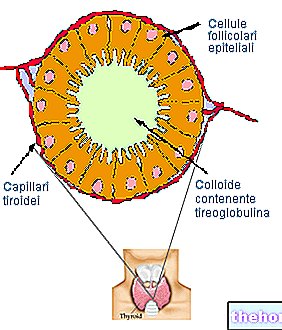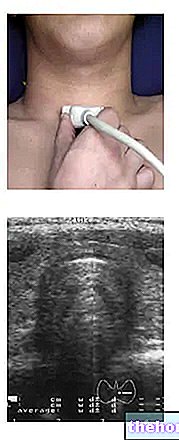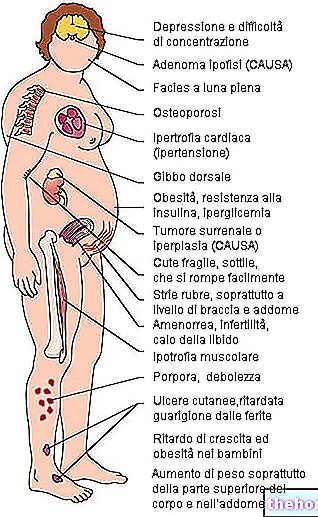«Andropause symptoms
Andropause therapy
See also: Drugs for the treatment of andropause
Hormone Replacement Therapy with Testosterone
Estrogen replacement therapy is nowadays indicated for women with particularly pronounced and poorly tolerated climacteric symptoms. Also in this case the comparison with the andropause (ie the replacement therapy with androgens in men) does not fit exactly. The risks may be common, given that these therapies are absolutely not recommended in the presence of prostate cancer in men or breast cancer in women, while they must be evaluated with extreme care if there is any predisposition for such pathologies. But what clearly differentiates the two practices is the number of clinical studies carried out so far, high for the female counterpart and still small, with marked contradictory nuances, for the other side of the coin. According to some studies, for example, the universally accepted relationship between exogenous testosterone administration and prostate cancer is vastly overestimated (at physiological dosages).
Testosterone replacement therapy during andropause can take place intramuscularly (periodic injections every 10-14 days) or transdermal (skin application, daily patches or gels); the latter solution is generally preferred for its ability to maintain the uniformity of testosterone levels over time (which cannot be obtained orally, also due to the negative repercussions on the liver).
BENEFITS AND RISKS
The risk / benefit ratio of this practice is still far from being clarified. In general, we know that the administration of androgens can reduce the incidence of many of the previously mentioned problems, increasing lean mass to the detriment of fat and preventing osteoporosis. and anemia; the use of testosterone in the treatment of erectile dysfunction does not always produce appreciable results, probably due to the multifactorial origin of this condition.
Regarding the risks of hormone replacement therapy during andropause, it should be considered that the administration of testosterone in the presence of physiological hormone levels, can have long-term negative repercussions on the patient's health. Bodybuilders and all those who know something about it. they use anabolic steroids to enhance sports performance, even if in these cases they are taken at much higher dosages than the therapeutic ones. In the case of andropause, however, the therapeutic goal is simply to administer just enough testosterone to restore hormone levels are normal. Furthermore, we must not forget that this hormone is not the only therapeutic possibility, for example there are derivatives with less pronounced androgenic activity or other drugs that block the aromatase enzyme.
Finally, the so-called SARMs (selective modulators for androgen receptors) are being developed, with the aim of maintaining the benefits of androgen replacement therapy, minimizing its potential side effects.
If the doctor decides, in agreement with the patient, to undertake hormone replacement therapy to prevent or combat andropause, it is advisable to undergo more frequent tests that assess the health of the prostate and the circulating levels of hemoglobin, cholesterol and testosterone. .
Food supplements
Even the supplement sector is teeming with products designed to increase testosterone levels, given the importance of this aspect in sports performance. In this regard, it is enough to know that if these products were actually able to deliver what they promised, they would not be certain. of free sale.

Physical activity
We conclude by recalling the existence of a natural method without contraindications, capable of acting on the vast majority of risk factors for hypogonadism and andropause. Prevention of diabetes, obesity, hypertension and atherosclerosis, improvement of mental health and - just to stay on the subject - mitigating the age-related decline in testosterone levels. Simple, natural, economical and effective, a real "panacea" whose effectiveness - known from the most ancient times - has been demonstrated unequivocally even in recent times ... "all parts of the body that have a function, if used in moderation and exercised in the activity to which they are assigned, become healthier, well developed and will age more slowly; but if they are not used and left inactive, they will become easy to get sick, defective in growth and will age prematurely"- Hippocrates IV century BC -
Other articles on "Andropause - Therapy of" Andropause "
- Andropause symptoms
- Andropause
- Medicines for the treatment of Andropause









.jpg)


















